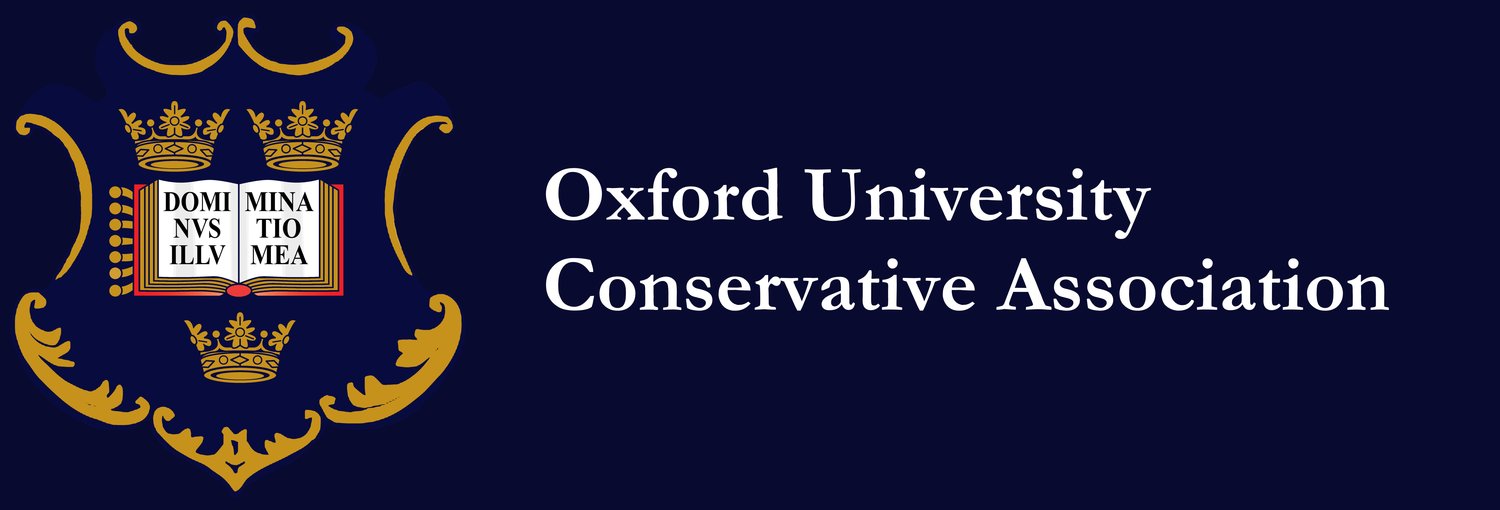What are we to make of Scottish politics in a Humza world?
/With Scottish First Minister Humza Yousef finding some auditors and avoiding any arrests for a few weeks, we examine where the dust has settled and what it might mean for the electoral landscape as we head towards the next election.
Humza “Useless” Yousef got off to the worst possible start as leader of the SNP. In his first few weeks in office, we had daily scandals as the latest generation of Scottish politicos got their one second of fame – whether reporting on tents erected outside Nicola Sturgeon’s house, whether the SNP would be able to find auditors, or the resignation of the Party treasurer. However, despite the dirty laundry that awaited him, the situation seems to be under control. While there was a widespread expectation that Sturgeon herself would be arrested, the scandal – for the time being at least – appears to have abated.
The last arrest was a month ago, on 18th April and since then Humza has replaced the treasurer and even found auditors for the party’s accounts just in time to potentially avoid throwing £1.5 million for the party in Westminster. The poll lead remains (just) and seems to have stopped falling so perhaps the dust has settled on the significant flux. It is time now, then, to take stock of what the new picture is and what this means for the next election, the Union and all else besides.
First, the outlook for the Tories from all this is bleak. Spectator supremo Katy Balls said at a recent event in Oxford that Tory MPs initially watched with glee but which turnedrapidly to horror as a weakened SNP became the rocket launcher behind a Scottish Labour revival. She claimed that one senior Tory suggested they had wanted the SNP to do badly, just not this badly. Labour’s new-found firm second place in voting intention polling now suggests they would pick up 10-20 seats in Scotland, decimating the Tories with a tranche of tactical voting and making the SNP a wounded political animal.
What does all this mean for the Union? Surprisingly, it might make it more fragile and independence more likely in a generation’s time (an actual one rather than the five years the SNP defines it as). Believe it or not but the fact the SNP remain stubbornly at a solid level of just over 35% in the polls means that there is strong pro-independence feeling that funnels to the SNP despite the recent scandals. As rank complacency about Scottish independence reigns among many Unionists - given the SNP’s dramatic fall from grace - the separatists, once they have cleared up their act, may rise like a phoenix from the ashes in the years ahead.
The Tories have the worst of all worlds with Scotland. As the incumbent Westminster government, we’re stuck between a rock and a hard place. We do not have the benefit of being able to make a difference in Scotland because we have been all but wiped out in recent elections. We do not have a major platform or incumbency advantage. To further our Scottish difficulties, we cannot even take advantage of our challenger status in Scotland at the next election. As the evil Westminster government that has been in sleazy power as seen by many voters for the last 13 (14 by the next election) years, we cannot claim to be the party of change anywhere, even in Scotland where we have not been the major party for decades. If, as seems likely, there is a change of government next year, the immediate political benefits gained from the major SNP meltdown will fade (one could say melt) away and the SNP is likely to rise again as the major political force in Scotland.
After being the major issue for just over a decade in Scottish politics, we should not be complacent in thinking the issue will disappear now. Unionism had its Scottish heyday back in the 1950s and ‘60s. It does not have to be unpopular forever. If we are to continue to want to be known as the Conservative and Unionist P arty, perhaps one priority post-election needs to be some hard thinking about how to win back Caledonia.
Bertie Hawkins (Publications Editor) is a 2nd-year undergraduate at Lady Margaret Hall reading PPE.
Image Credit: Scottish Government under Creative Commons License
